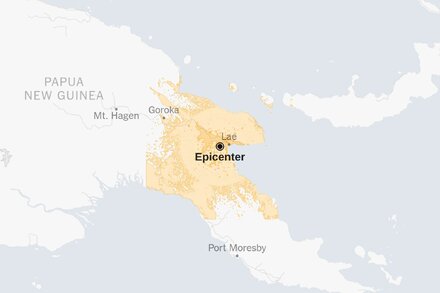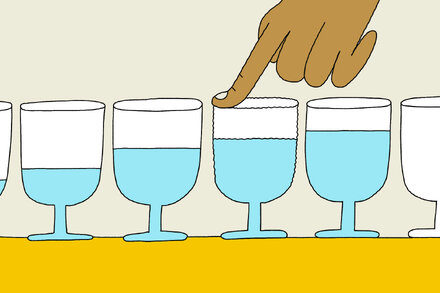New York, NY – The word “permutation” takes center stage today as the featured term, offering a glimpse into its multifaceted meanings across various disciplines, from the precise world of mathematics to everyday language.
Understanding the Term
At its core, a permutation refers to an arrangement of all or part of a set of items where the order of arrangement matters. Derived from the Latin “permutatio,” meaning a complete change or exchange, the term encapsulates the concept of varying configurations of elements.
“A permutation is fundamentally about sequence and order. It allows us to understand every possible distinct arrangement of a given set of objects, highlighting how critical the positioning of each element can be,” explained Dr. Anya Sharma, a lexicographer and professor of linguistics at New York University. “Whether we’re talking about arranging letters, numbers, or even people, the idea is to account for every unique sequence.”
Permutations in Mathematics
In mathematics, particularly in combinatorics, permutations are a crucial concept. They are used to determine the number of distinct ways a set of objects can be ordered. For instance, if one has three distinct objects, A, B, and C, the possible permutations are ABC, ACB, BAC, BCA, CAB, and CBA – a total of six arrangements. This is often calculated using factorials, where the number of permutations of ‘n’ distinct items is n! (n factorial).
This principle finds applications in various fields, including cryptography, where the ordering of characters is vital for security, and in computer science, for algorithms that require generating unique sequences.
Beyond the Numbers: Everyday Usage
While rooted in mathematical precision, “permutation” also enjoys a broader usage in general discourse. It can describe any complete change or rearrangement in the character, form, or order of something. For example, a sports coach might experiment with “various permutations of the team lineup” to find the most effective combination of players. Similarly, a designer might explore “different permutations of a color scheme” for a new project.
The term is often employed when discussing variations or alternative arrangements, emphasizing that the specific order or configuration is a key factor in distinguishing one possibility from another. Its inclusion as the “Palabra del día” underscores its versatility and relevance in both technical and colloquial contexts.
Source: Read the original article here.





